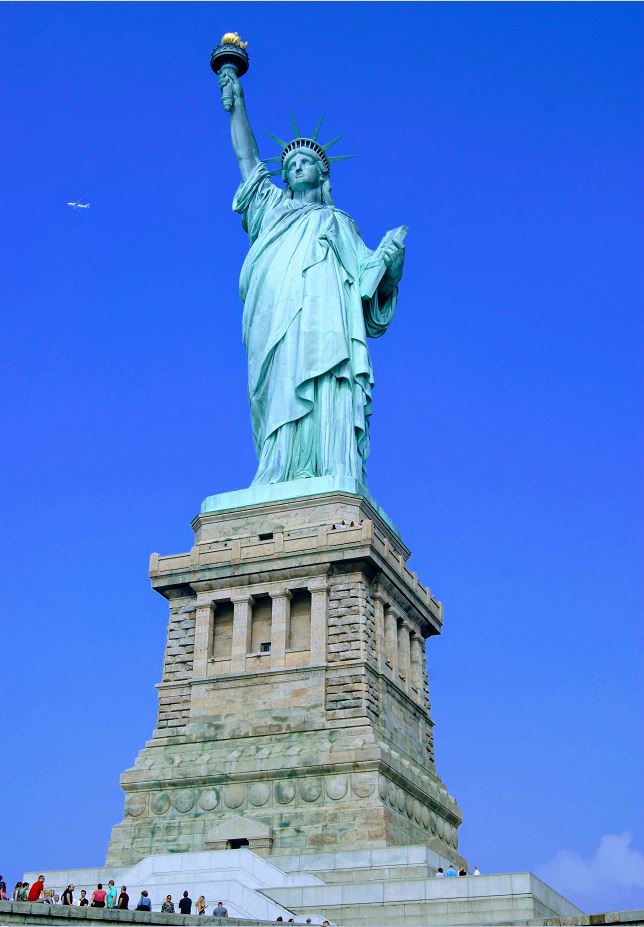

Talk to our expert counselor

The United States of America is one of the most popular destinations for international students. The US has one of the largest education systems in the world. This makes it a powerhouse of international education and research.
With around 4,500 higher education institutions, all providing world-class degree programs, it is no wonder that just over 1.1 million international students choose the US as their study destination each year. Higher education is delivered in institutions which are split into two main types. Public institutions are state-funded, have lower tuition fees and a larger capacity for students. Private institutions are funded by donations, tuition fees and grants, meaning that they have higher tuition fees, but fewer students.
The Education System in the United States follows a pattern similar to other countries:
Education in the United States follows a pattern similar to that in many systems. Early childhood education is followed by primary school (called elementary school in the United States), middle school, secondary school (called high school in the United States), and then post-secondary (tertiary) education. Post-secondary education includes non-degree programs that lead to certificates and diplomas plus six degree levels: associate, bachelor, first professional, master, advanced intermediate, and research doctorate.
Bachelor
Masters:
Other requirements:
Acceptable English language:
One of the major factors that determine a country for higher education is the cost. The studying cost in the US and the living cost in the US are major factors that determine whether the United States of America (USA) is a feasible destination for higher studies. The tuition fee for the USA varies according to the different universities, courses, and cities within a country.
🔹 The tuition fee range from US$. 10,000 and above per year. However, USA universities provide different scholarships and other financial assistance.
🔹 On average, a student spends approximately $10,000–$12,000 per year on living expenses. But this amount entirely depends on the location where a student inhabits. If a student decides to reside in a metropolitan city, he would be spending more than a student who opts for a hostel or suburban accommodation.
🔹 The living expenses generally include accommodation costs, room, and boarding, food, travel, textbooks, weather-appropriate clothing, and entertainment expenses as well. Other expenses that are taken into consideration under living expenses include, travel expenses between India and the country of choice during vacation time; large purchases, such as PC, furniture, or even a rental car; medical expenses not covered by health insurance
To apply for an F or M visa, you must submit only the following: